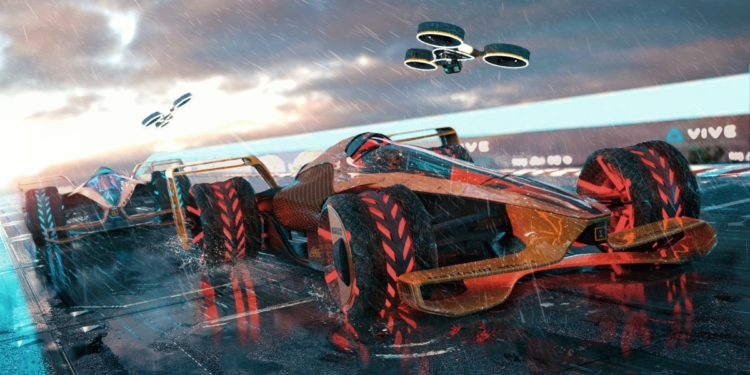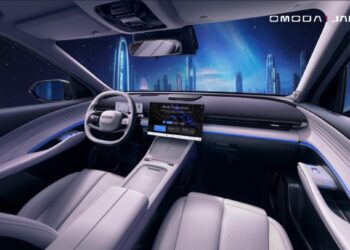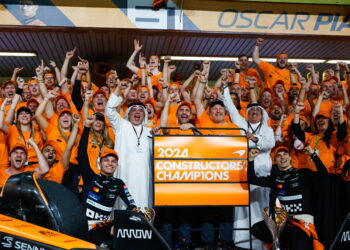McLaren Applied Technologies has today unveiled Future Grand Prix, an audacious and exciting vision of how motorsport could operate in 2050 when technologies such as Artificial Intelligence, autonomy, electrification and mixed reality become commonplace in society. Future Grand Prix explores four key areas:
- The racing car of 2050: the MCLExtreme
- Developments in driver human performance
- The racing tracks of the future
- The fan experience we can expect to see in 2050
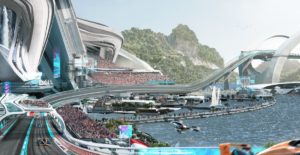 There have already been exciting concepts of how a Formula 1 car could look and operate in the future, such as McLaren’s own MP4-X, but nobody has ever set out their vision for just how grand prix racing will exist far into the future, exploring the future of the cars, drivers, tracks and fan engagement. McLaren Applied Technologies conducted extensive research to extract insight, which included speaking to fans and studying fan surveys, as well as analysing technological, economic, environmental, political, and societal trends.
There have already been exciting concepts of how a Formula 1 car could look and operate in the future, such as McLaren’s own MP4-X, but nobody has ever set out their vision for just how grand prix racing will exist far into the future, exploring the future of the cars, drivers, tracks and fan engagement. McLaren Applied Technologies conducted extensive research to extract insight, which included speaking to fans and studying fan surveys, as well as analysing technological, economic, environmental, political, and societal trends.
The concept was developed by looking in detail at the direction of international policy on vehicle electrification and emissions targets, the development in human and automotive technology, the potential emergence of rapidly growing economies, and the need to attract a more diverse and engaged fan base. Alongside its own analysis, McLaren Applied Technologies undertook a series of workshops with MA and PhD students from top universities to delve deeper into the research, and to envisage how motorsport might respond to future scenarios, and synthesised a huge range of possibilities down to a single set of concepts that existed across a fan’s experience.
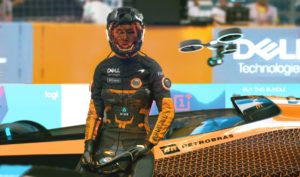 After extensive insight and analysis McLaren Applied Technologies has developed:
After extensive insight and analysis McLaren Applied Technologies has developed:
- A race car (MCLExtreme) founded upon technical insight, and features a 500 km/h rear-wheel-drive electric powertrain, high density foldable battery moulded to the aerodynamic package, shape-shifting active aerodynamics, on-board AI co-pilot and self-healing tyres.
- The race circuit of the future. Longer and wider with huge sidewinding banks, E-pitlanes for charging, transparent roof facilities for fans to get as close to the action, tracks that are adaptable to extreme weather and black-out zones with no communication or AI assistance for the driver.
- The driver for 2050 including, a reinforced g-suit to deal with extreme high speeds, AI co-piloting to learn driver behavior and aid during a race, driver emotion to be reflected on the chassis of the car and performance actuated on cognition, emotion, and physiological response.
- The next generation fan experience including fan sentiment being projected in the cockpit of the car, mixed reality giving fans access to multiple camera angles and race data. Esports competitors can compete in the race virtually, in real-time. Gamers can also race the track before grands prix to teach the AI new race strategies.
Redazione MotoriNoLimits


